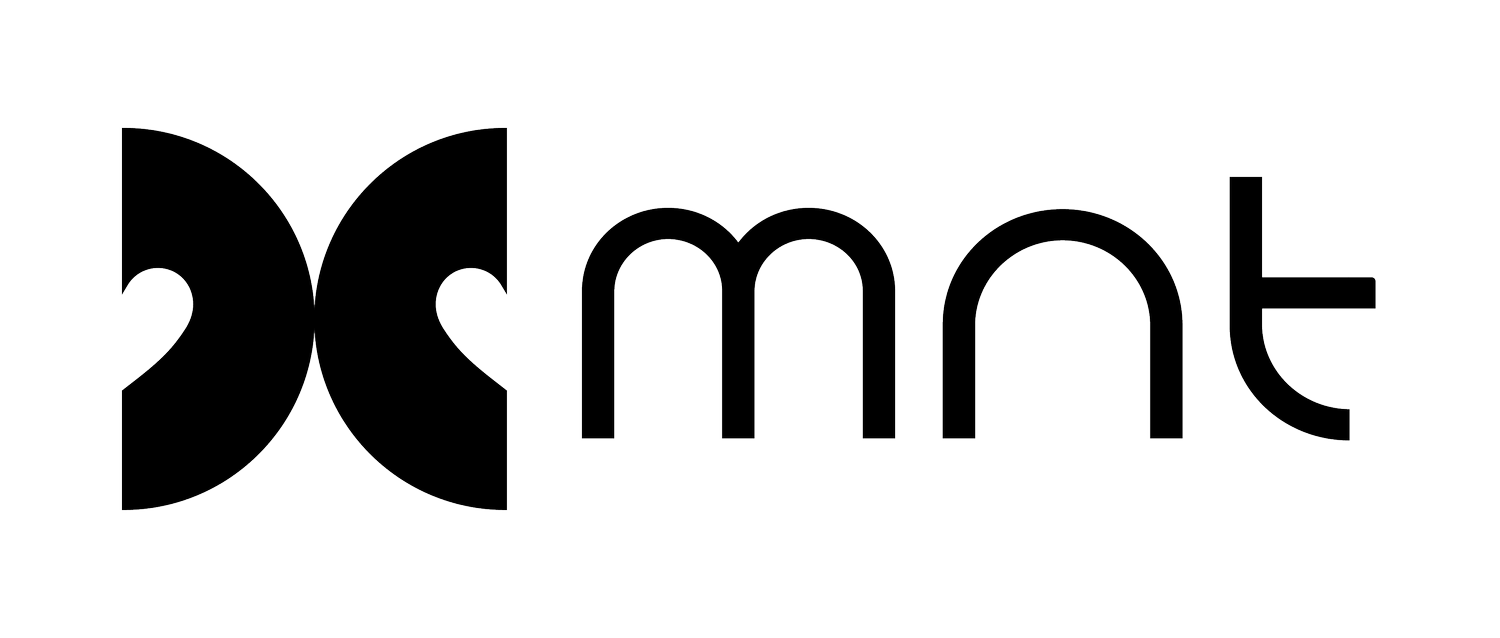Art Therapy vs. Drawing as a Hobby: Key Differences Explained
Psychotherapy is no longer taboo, and more people see it as an essential aspect of mental well-being. However, as interest grows, many remain unsure about the various approaches available.
However, as interest grows, many remain unsure about the various approaches available. Psychotherapy is no longer taboo, and more people see it as an essential aspect of mental well-being. However, as interest grows, many remain unsure about the various approaches available.
The Purpose of Art Therapy
Art therapy is a guided therapeutic process led by a trained professional. Its goal is to help clients explore emotions, resolve internal conflicts, and foster personal growth through creative expression. The focus is not on the art’s aesthetic quality but on the emotional process and insights gained during its creation.
For instance, clients may use colors, shapes, and textures to convey feelings they cannot articulate with words. The therapist provides a safe and supportive environment to help clients process their experiences and make meaningful connections between their art and inner world.
Drawing as a Hobby: A Creative Outlet
Drawing as a hobby is primarily a leisure activity. It allows individuals to relax, unwind, and express creativity in a non-therapeutic setting. While this can have therapeutic effects, such as stress reduction and improved focus, it lacks the structured psychological framework of art therapy.
When you draw on your own, you might choose subjects or techniques based on interest rather than emotional need. The absence of a trained therapist means there is no guided reflection or deeper exploration of your emotional state.
The Role of the Therapist in Art Therapy
One of the fundamental differences lies in the presence of an art therapist. A professional art therapist guides clients through the creative process, offering directives tailored to their specific needs and goals.
For example:
If a client struggles with expressing anger, the therapist might suggest working with clay to release tension and establish boundaries.
If a client feels disconnected from their emotions, watercolors might be used to encourage fluidity and emotional flow.
These tailored approaches ensure that the creative process aligns with the client’s emotional and psychological needs.
Why the Process Matters More Than the Product
In art therapy, the focus is entirely on the process, not the outcome. The value lies in what you experience and discover while creating, rather than producing a “perfect” piece of art. This removes the pressure often associated with traditional art and allows for genuine self-expression.
By contrast, drawing as a hobby often involves a focus on skill improvement and achieving a visually pleasing result. While this can be rewarding, it doesn’t provide the same depth of emotional exploration as art therapy.
Can Drawing as a Hobby Be Therapeutic?
Absolutely. Engaging in any creative activity can have therapeutic benefits. Studies show that drawing and painting reduce cortisol levels, enhance focus, and promote relaxation. However, it’s essential to distinguish these benefits from those of art therapy.
Art therapy is uniquely designed to address emotional challenges and facilitate healing. For instance:
Drawing as a hobby might help you relax after a stressful day.
Art therapy can help uncover the root cause of your stress and provide tools to manage it.
Integrating Both for Personal Growth
There’s no need to choose one over the other. Many people enjoy both drawing as a hobby and participating in art therapy. The key is understanding their distinct purposes and benefits.
Use drawing as a hobby to unwind, explore creativity, and enjoy leisure time.
Turn to art therapy when you seek deeper emotional insights, healing, or guidance.
Start Your Art Therapy Journey
If you’re curious about how art therapy can support your emotional well-being, consider booking a discovery call.
As a bonus, download my free Emotion Exploration Art Journal to help you start exploring and expressing your feelings in a structured and creative way. This freebie is the perfect tool to complement your journey toward self-discovery and emotional balance.
Together, we can explore how this transformative process can help you express emotions, resolve conflicts, and unlock your creative potential—all within a safe and supportive space.

